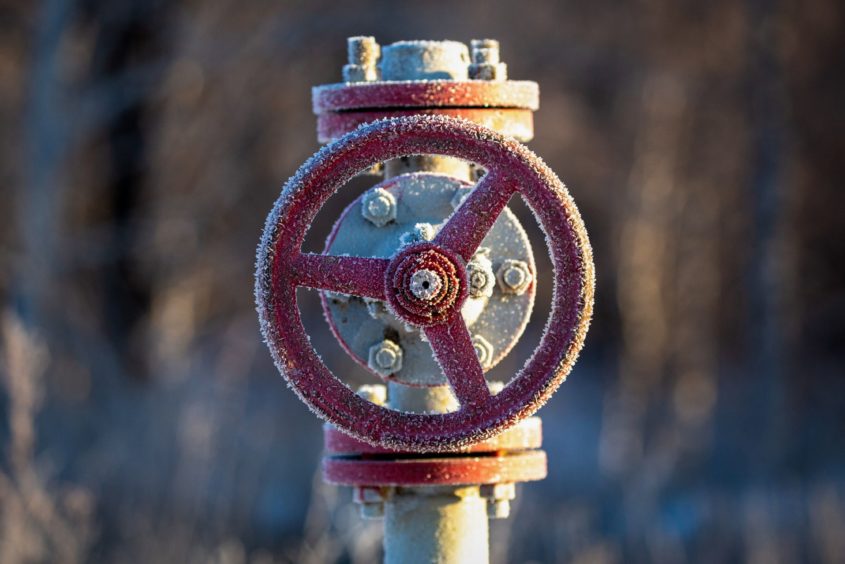
The International Energy Agency lowered forecasts for global oil demand as renewed lockdowns to contain the pandemic temper the recovery expected this year.
“The global vaccine roll-out is putting fundamentals on a stronger trajectory for the year, with both supply and demand shifting back into growth,” the agency said in a monthly report. “But it will take more time for oil demand to recover fully as renewed lockdowns in a number of countries weigh on fuel sales.”
The IEA cut its consumption estimate for this quarter by 600,000 barrels a day, projecting a slight decline from the end of last year. Still, the world’s swollen oil inventories stand to abate by 100 million barrels in the three-month period as Saudi Arabia and other OPEC+ nations curb supplies.
Oil prices have rallied this year as the kingdom announced additional production cuts to be made over the next two months. Brent futures traded above $55 a barrel in London on Tuesday, close to their highest in almost a year.
The gains have slowed though as a flare-up in virus cases prompts the return of lockdowns in many countries, including China, which has driven the recovery in fuel demand up until now.
For 2021 as a whole, the Paris-based IEA trimmed its demand forecast by 300,000 barrels a day. Global fuel consumption will increase by 5.5 million barrels a day this year, following an unprecedented collapse of 8.8 million a day in 2020.
The fragile outlook prompted the Organization of Petroleum Exporting Countries and its partners at a meeting earlier this month to delay plans to restore halted output. Saudi Arabia, which effectively leads the group, bolstered the strategy by promising to cut an additional 1 million barrels a day in February and March.
Substantial Improvement
As the year progresses and the demand recovery gathers pace, the OPEC+ alliance should have the opportunity to open the taps a little, according to the IEA.
“Much more oil is likely to be required, given our forecast for a substantial improvement in demand in the second half of the year,” it said.
With global inventories on track for steeper declines in the second half, OPEC+ can proceed with plans to revive about 1.5 million of the 7.2 million currently offline, the agency said.
U.S. shale explorers — who normally jump on price gains to ramp up drilling — have signaled a more cautious approach this time, giving Riyadh and its allies an opportunity to fill the gap.
“If they stick to those plans, OPEC+ may start to reclaim the market share it has steadily lost to the U.S. and others since 2016,” the agency said.
Recommended for you
